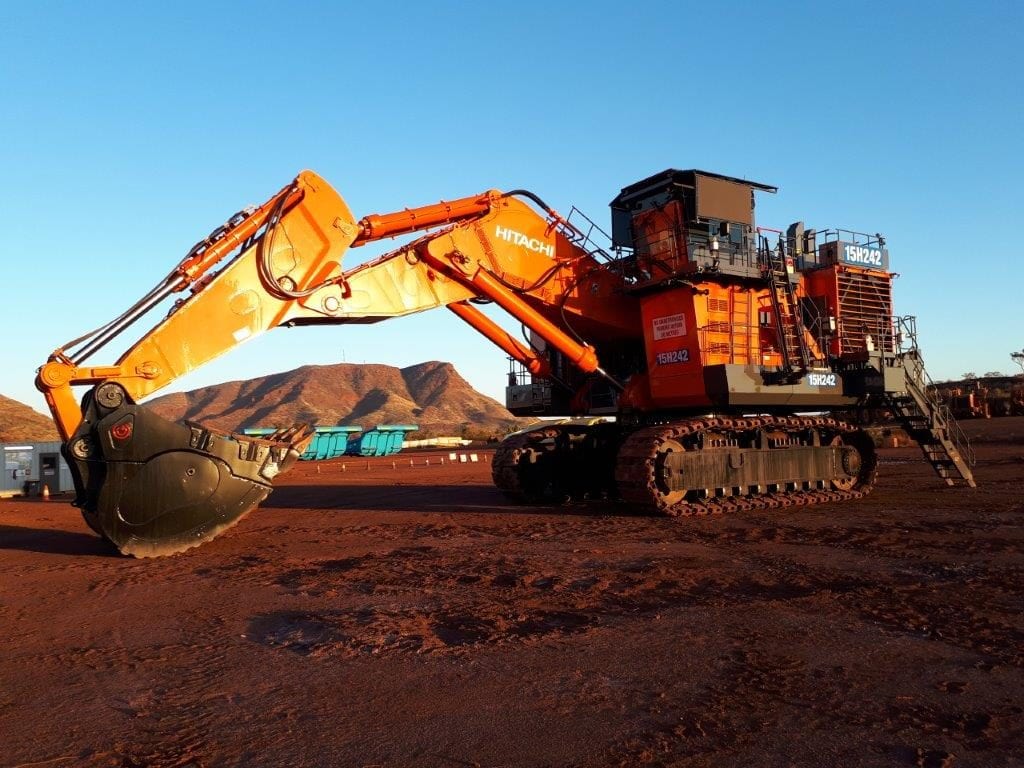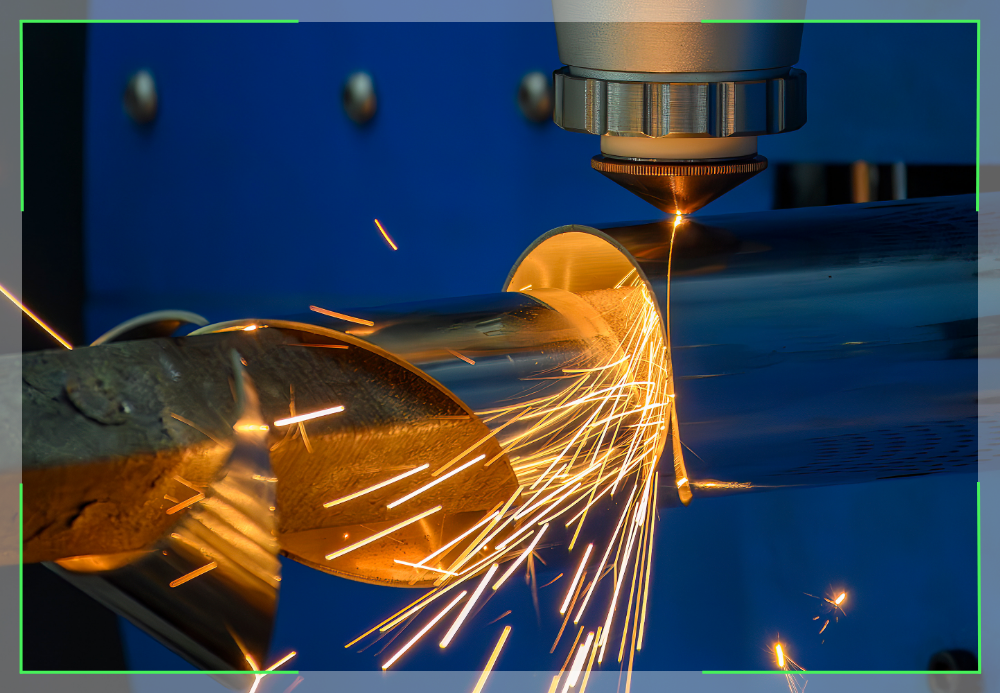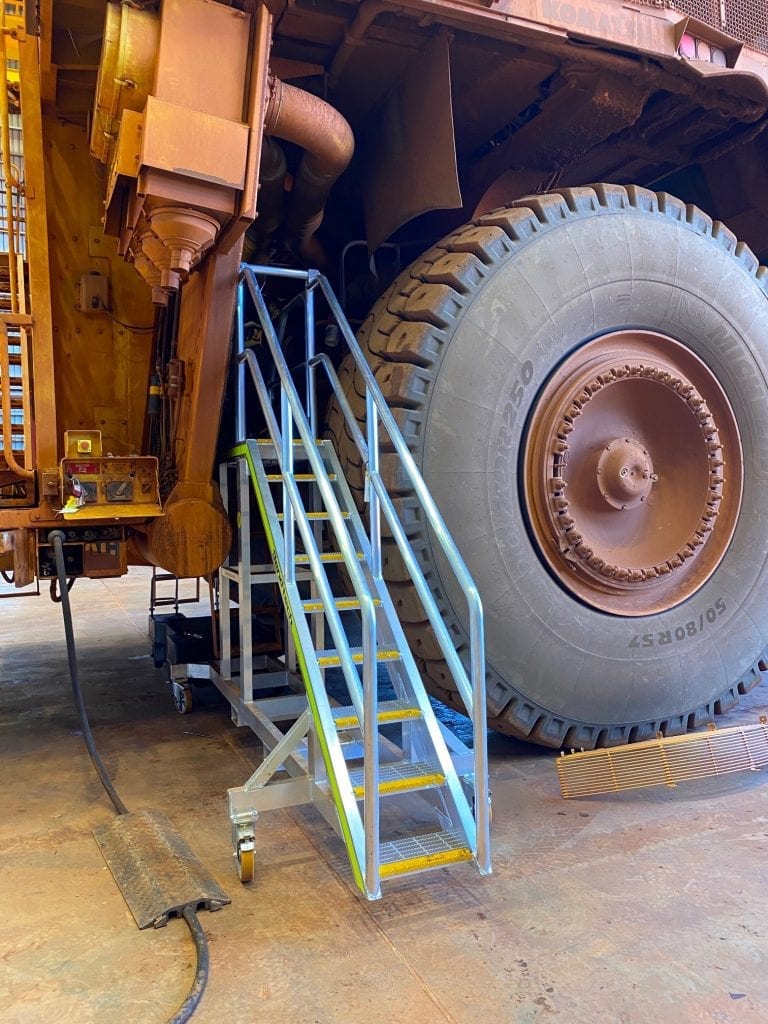Humans have experimented with metals and how best to work them into practical, durable shapes for over five thousand years. This pursuit has had such a profound impact on our development as a species that entire eras of our history, the Bronze Age and the Iron Age, are named after those discoveries as they came along.
This article examines the more recent phenomena of heat-treating steel. Although its origins still stretch back almost three thousand years, technological advancements and scientific discoveries have honed it into a fine art that affects our daily lives more than we might realise.
The Primary Function of Heat Treatments
Heat treatment is a critical metallurgical process whereby the material is heated to a predetermined temperature and then cooled in a controlled manner. This technique is used widely in many industries, including:
- Automotive
- Construction
- Mining
- Tool manufacturing
- Aerospace
These advanced heat treatments are particularly favoured when working with steel, as they positively influence its physical and mechanical properties, enhancing the following:
- Strength
- Hardness
- Ductility—This references a material’s ability to withstand large plastic deformations under extreme tensile duress without failing. Without superior ductility, materials are more brittle and prone to breaking. Its most practical application is in drawing steel into long, strong wires.
- Durability and resistance to wear and tear
The critical stages of the heat treatment process, which we will examine in the following sections, are:
- Heating
- Soaking
- Cooling
Types of Heat Treatment Processes
Annealing
Annealing is the process by which metal (in this case, steel) is heated tremendously to alter its physical properties. This makes it much more workable, and the science behind it is as follows:
- Heating—It is critical to heat the metal to its recrystallisation temperature, after which minute crystals (grains) are formed. When heating, it is crucial not to reach the metal’s melting point (typically twice that of recrystallisation) when degradation begins to occur.
- Transformation—The grains transform into new, defect-free structures during heating. Although this weakens the material initially, it relieves internal stresses due to the metal’s hardness and provides increased ductility.
- Cooling—By cooling the metal under control, the shape and form can be created as the crystals reform.
Quenching and Tempering
The metal must now be quenched and tempered to replace some of the strength and hardness lost through recrystallisation. This involves:
- Quenching—The material is re-heated to a high temperature and then cooled rapidly (often using commercial oil, preferred for its predictability). This locks the new microstructures in place and hardens the metal, leaving a hard outer layer.
- Tempering—Once quenched, the metal is heated to a lower temperature and cooled under control. This reduces any brittle structures within the metal and enhances its overall toughness.
Some industrial items that benefit from quenching and tempering include:
- Files and blades
- Gear components and wheels
- Crankshafts and other drive parts
Carburising and Nitriding
Carburising and nitriding are processes used to harden metals by adding material to their surfaces.
-
- Carburising—Carbon is added to the steel’s surface by heating it in a carbonaceous environment (typically produced using carbon monoxide or charcoal). The temperatures surpass the metal’s critical point, at which time carbon is absorbed and diffused into its surface layers. This leaves a hard, durable outer layer with a softer core.
- Nitriding—Nitrogen is added to the surface without additional heat in a vacuum. It is diffused into the pre-heated surface and forms hard outer layers.
Both treated metals are used in the automotive industry to produce gear parts and shafts; nitride metal is also used to make valves, as it is incredibly heat-resistant.
Stress Relieving and Normalising
Two alternative heat treatments we encounter when investigating metal manipulation are stress relieving and normalising. Although, like quenching and tempering, stress-relieving and normalising involve using heat and cooling to affect the properties of metals, they are distinct in several ways, including:
- Stress Relieving—A ferrous (where iron is the main component, like wrought iron, cast iron, or steel) or a non-ferrous alloy (brass, bronze, stainless steel) is heated to a set temperature below its critical point. The temperature is maintained for a predetermined period before the metal is allowed to cool naturally. This process removes any stress points within the material caused by other metal-working processes, including welding, cold-rolling, and machining. Once treated, the metal is significantly less likely to crack or distort when performing its intended function. Stress-relieved metals are more corrosion-resistant and tend to have an extended working lifespan.
- Normalising — During normalising, the material is heated, then soaked (this terminology can be misleading, as no liquids are present, as we might assume. The heated metal is ‘soaked’ in standard air, albeit at an elevated temperature). Once complete, the metal is allowed to cool naturally. Normalising also reduces internal stresses and restores ductility lost during overworking. Still, its primary function is to shrink and refine the internal microstructures (grains), which become more uniform and stable. This stability and increased ease of machining are highly prized in manufacturing, especially in the automotive, construction, and aerospace industries.
As we can see, stress relieving and normalising focus on reducing internal stresses from the structure and refining the grains. In contrast, quenching and tempering are used to optimise the mechanical properties of metals.
Cyaniding
The steel is heated in a molten-cyanide salt bath during the cyaniding process. This substance diffuses carbon and nitrogen atoms (as we saw with carburised and nitrided steel) into the surface, creating a hard surface when quenched in water or oil.
Case Hardening
Case hardening is typically performed once a metal part has been machined and is ready for its final process. A thin carbon layer is applied to the surface of metals with low carbon content (steel and iron) by heating. This leaves a relatively soft interior structure and a very hard outer.
Brazing
Brazing is a heat-treating process employed when metals need to be joined together. Once the separate pieces have been mechanically or chemically cleaned, a ‘filler’ metal with a lower melting point than those it will serve to join is introduced and heated. The capillary action of the molten metal allows it to flow into the joint, filling it and forming a tight bond. Brazing results in a strong, secure connection that is preferred in many instances as it is more robust than soldering.
Brazing is a critical process in many manufacturing endeavours and can be found in everything from jet engine blades, fuses, and fuel lines to refrigerators and satellite components.
Induction
Induction treatment is used to heat metals like steel that efficiently conduct electricity. This conductivity allows the metals to be heated using electromagnetic induction rather than contact with direct heat. Modern manufacturing prefers this method for bonding, hardening, softening, or joining appropriate metals. It has several advantages, including speed and consistency, making it efficient and cost-effective. An electromagnet generates an alternating magnetic field, which, in turn, heats the steel through electromagnetic induction.
Cryogenic Treatment
Although this article focuses on applying extreme heat to metals to affect their fundamental properties, it is important to note the uses and benefits of extreme cold in some circumstances. Cryogenic treatment introduces the metal to incredibly low temperatures (as low as -128°C/-200°F).
Cryogenic treatment relieves internal stresses from the metal’s structure and makes it more stable. This allows it to be machined to exceptionally tight tolerances, making it highly practical for toolmaking (especially cutting tools) and high-performance racing components.
Types of Stainless Steel and Their Most Common Heat Treatments
- Austenitic stainless steel
The most commonly used type of stainless steel, austenitic, is characterised by austenite (a crystal lattice that can maintain high levels of carbon in solution at average temperatures due to its face-centred cubic [FCC] structure). The process involves solution treatment (solution annealing), whereby the metal is heated to extreme temperatures (at least 1038°C/1900°F) and then rapidly quenched in water or cold air. The resulting microstructure within the metal is free from unwanted stresses and exhibits uniform mechanical properties, ductility, and corrosion resistance. Austenitic steel cannot be hardened using heat, which must be achieved by cold-working.
- Ferritic stainless steel
Ferritic stainless steel (alpha iron) is subjected to annealing to reduce internal stress and facilitate additional processing. It has a body-centred cubic (BCC) crystal structure (each cell is a cube with a central atom and one at each corner, making it highly stable), one of the most common arrangements of metal atoms. This structure gives stainless steel its magnetic properties, but its stability means it cannot be hardened through heating. BCC metals are favoured in scenarios where high melting points are preferable; however, they can be either brittle or ductile depending on the temperature.
- Martensitic stainless steel
Initially discovered by accident when seeking a corrosion-resistant metal for gun barrels, Martensitic stainless steel displays the same attributes as austenite at high temperatures but is transformed during rapid cooling. As it cools, a body-centred tetragonal crystal structure forms (BCT) as the carbon atoms do not have time to be diffused out of the structure. Its elevated levels of chromium content and suitability for hardening make it popular for use in manufacturing valves and pumps.
Some additional types of stainless steel include:
- Duplex—A combination of ferrite and austenite, a corrosive-resistant hybrid typically used in harsh conditions, often found in marine equipment and structures built offshore.
- Precipitation hardened (PH)—A combination of martensitic and austenitic-grade steel, it displays extreme heat-treated strength and can often be found in aerospace manufacturing and medical equipment.
Applications and Benefits of Heat-Treating Steel
- Applications
The applications of heat-treated steel are almost limitless, and it has been universally accepted as one of the best materials in a wide range of industries, many of which are mentioned above.
- Benefits
Carefully controlled heat treatment offers the following abilities and benefits when working with steel:
- Softening the metal for reshaping, working, and machining through annealing.
- Hardening it in various ways as described above, each with unique advantages and final properties. If a durable, hard outer surface is required but some flexibility must remain to prevent breaking, this can be achieved, as seen in the production of knives and other blades.
- Hardening or softening specific areas of metal parts through induction when whole pieces need not be heated.
- Removing inherent stress from metal that has been worked and formed. This includes bending, cutting, and extruding (pushing through fixed shapes when pliable to match their form, like cookie-cutting in reverse).
- Increasing the metal’s corrosion resistance, resilience to wear and tear, and general durability.
- Altering the magnetic properties of the material. This is especially important in the electronics industry, as magnetised components are helpful for some applications but disruptive in others.
- Enhancing the elasticity and ductility of the material, making it suitable for use as wiring.
Conclusion
As we have seen, heat treating refers to a range of processes where heat is applied under controlled conditions to alter the inherent properties of steel and other metals. This can dramatically affect the metal’s strength, ductility, durability, corrosion/wear resistance, and hardness.
Some of these processes reverse issues caused by the previous ones, and it is common for metals to undergo several of them in succession. The heat treatment that should be chosen depends on the intended use of the finished product and its intended use. It is critical to have a detailed understanding of the stresses and deformations the material will be expected to tolerate, which properties it needs to acquire, and the best heat treatment process to choose.
As technologies advance and research continues, experts gain an ever-greater understanding of how metals behave under certain conditions. As a result, heat treatment technologies look set to evolve and achieve even better results in the challenging realm of enhancing steel performance.
Contact Us
If you want to learn more about Bend-tech Group and our products and services, please do not hesitate to contact us. Experienced team members will discuss everything from the benefits of heat-treated steel for your project to tube-lasering techniques and equipment. When you need premium equipment, advice, and guidance, look no further than Bend-tech.








About The Author: Highjumpdev
More posts by Highjumpdev